
Power DECODED
Previous edition: 16 Apr 2024
Share article
Get the full version straight to your inbox.
Exclusive access to our best-in-class data & intelligence
Subscribe now
‘Sheer scale of the challenge' the biggest barrier to net zero in APAC
APAC's net-zero challenge is heightened by being home to China and India, two of the world’s largest greenhouse gas emitters.
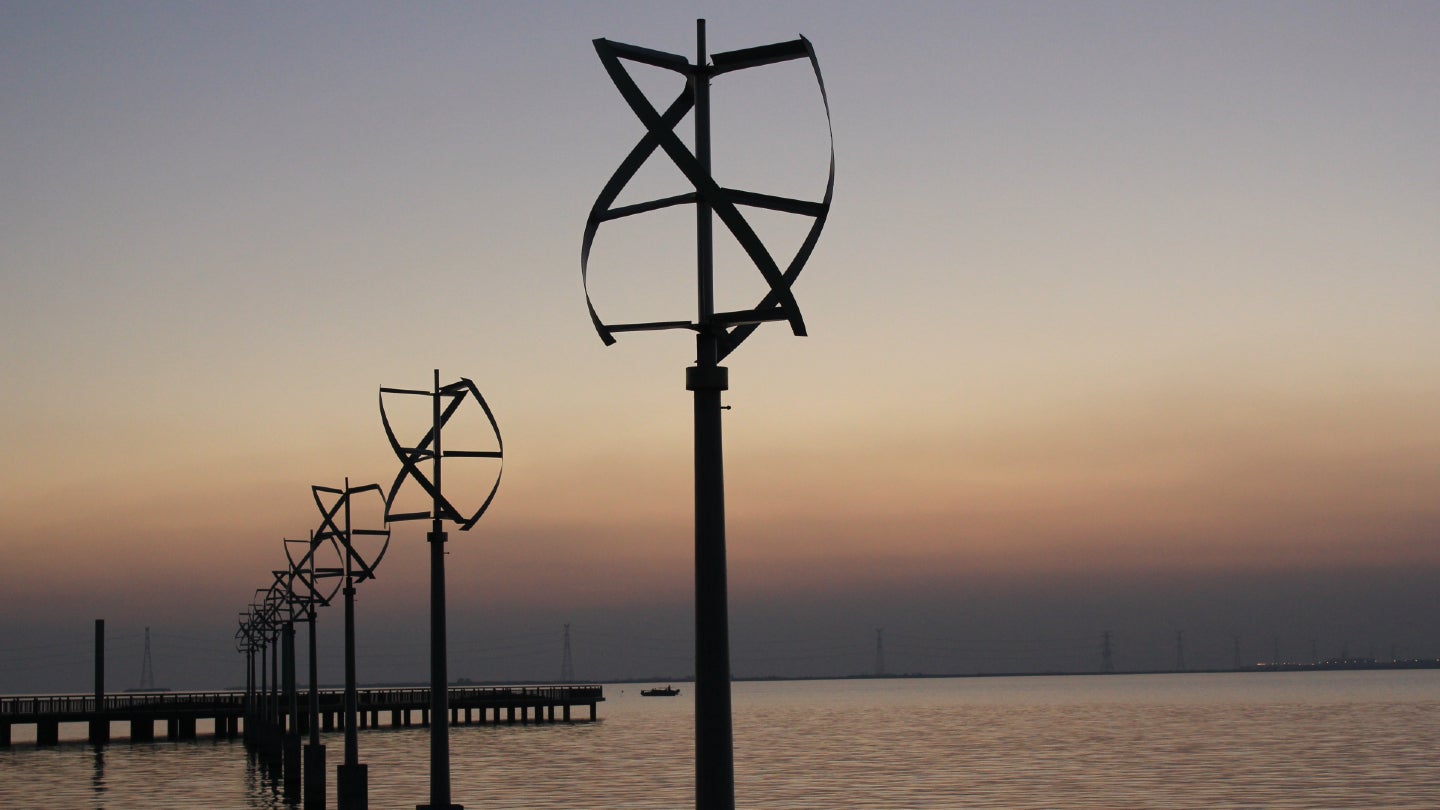
Achieving net zero in the Asia-Pacific (APAC) region of the world remains a huge task, an analyst has said.
Speaking to Energy Monitor ahead of the APAC-focused Who is ready for net zero? webinar on Thursday 18 April, Christopher Papadopoullos, a principal analyst at GlobalData, described the main difficulty in pursuing net zero in the region as “just the sheer scale of the challenge”.
“It is going to be expensive, so one of the challenges is in trying to find areas where there is more of a growth story,” Papadopoullos said. “China’s leadership in climate tech is a good example. Australia has a critical minerals strategy, so it has the potential to export more of those materials critical to energy transition like lithium, copper, cobalt and nickel.
“Another challenge is developing and scaling the technology needed to decarbonise heavy industry. Cleaner sources of electricity is one thing, but China and India have large industrial sectors like steel, cement and chemicals. Electrification can provide some substitute to fossil fuels here, but it is not yet very efficient. That is why hydrogen and other sector specific technologies will need further investment.”
China and India are two of the world’s largest emitters of greenhouse gases. China is the world’s biggest emitter, accounting for 33% of global emissions, while India is the third largest, accounting for 7%. The US sits between them at 13%.
“The combined emissions of the 27 countries in the EU is only marginally more than India’s emissions,” Papadopoullos explained. “Then there are more advanced economies like South Korea, Japan, Singapore and Australia, which rely less on heavy industry for economic growth and so naturally have lower emissions, both in absolute terms and relative to their economic output.
“China and India are both heavily on reliant on coal as a source of energy for both power and industrial processes, and that is a key reason for their large carbon footprints.”
Despite the challenge at hand, though, progress is being made.
“China is ploughing huge amounts of investment into decarbonising its economy,” said Papadopoullos. “It wants its greenhouse gas emissions to peak in 2030, which it is on track to achieve, before achieving net zero in 2060. It has an emissions trading system, which charges companies for their emissions and covers 7% of global emissions – and it is expanding. It is not quite as strict or expensive as the EU’s emissions trading system, but that is in line with the Paris Agreement, which aims to put the onus on more advanced economies.
“China’s climate plan addresses other key areas of emissions like transport and buildings. It also wants to significantly increase forest cover, which could capture and store vast quantities of CO².”
Papadopoullos also noted that China produces nearly all the world’s solar panels, as well as many of the materials needed to make batteries.
“India’s net-zero target is further away, in 2070," he continued. “This filters down to India’s corporates, which are feeling less pressure to reduce emissions than companies in other countries. The problem here is that not all global climate policy is giving emerging economies an easier ride. The EU has introduced a carbon border tax on industrial imports like steel, and the UK looks like it will do the same. This means Indian corporates will still face some pressure from abroad to cut emissions or face hefty taxes on their exports.
“Corporates in other countries will put pressure on India’s corporates to decarbonise as they try to reduce so-called scope 3 emissions, which are the emissions from a company’s supply chain. Corporates across developing APAC economies are going to have a dilemma. Is it best to go along with your country’s net-zero target year, which may be 2060 or 2070, and adopt that at the corporate level, or do you need to target 2050, because otherwise you may be hit by carbon taxes and find it more difficult to trade internationally as other companies try to reduce supply chain emissions, with many corporates aiming for net-zero supply chain emissions by 2050?
“Most of the advanced economies in the region are adopting similar policies to the advanced economies elsewhere – emissions trading, mandatory emissions reporting, subsidies for cleaner energy sources.”
The Who Is Ready for Net Zero? webinar on 18 April will explore why businesses need a net-zero strategy, how companies are currently reducing their emissions, which sectors still have the most work to do and whether companies should buy carbon offsets.
Latest news
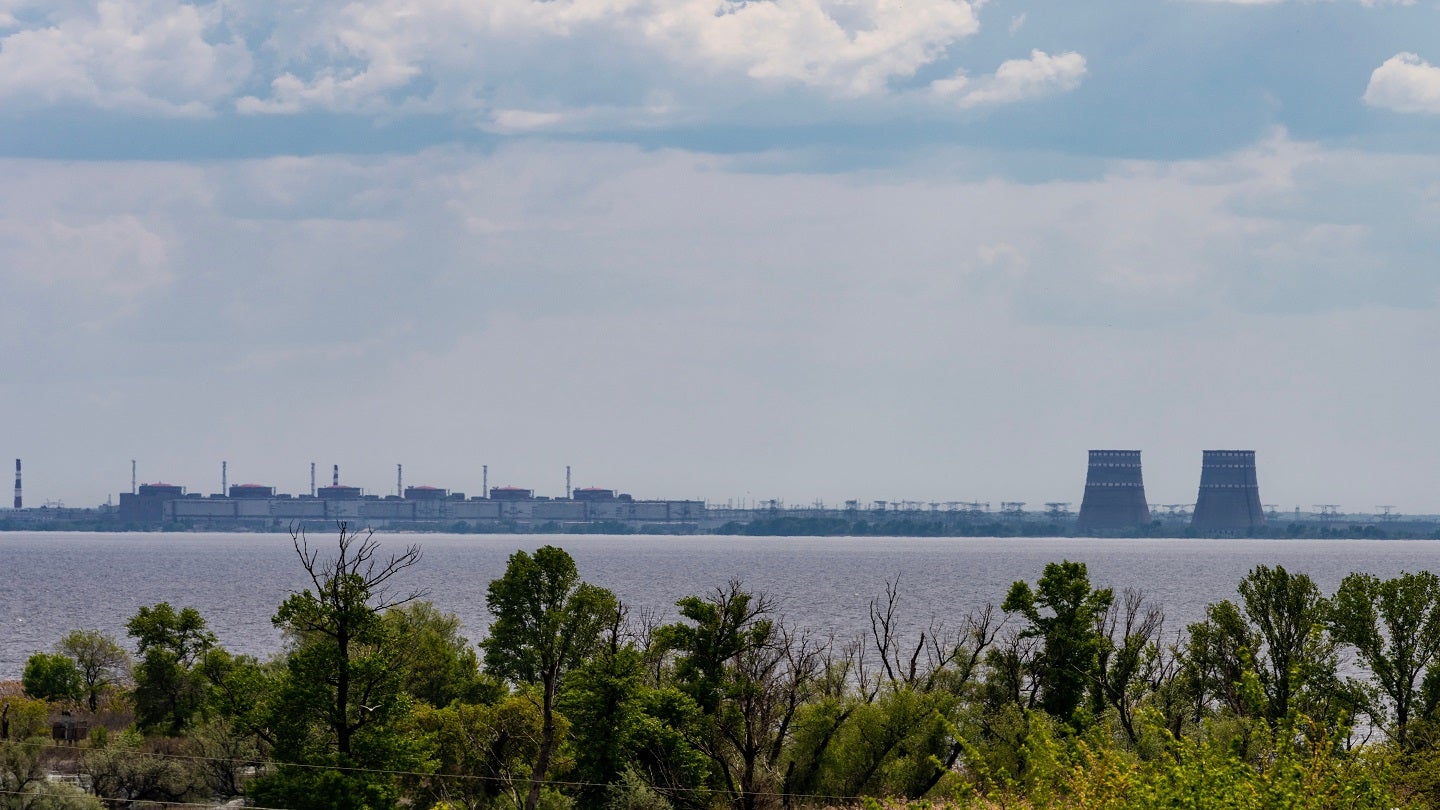
IAEA welcomes cold shutdown of all Zaporizhzhia nuclear units
The IAEA has welcomed the shutdown of all six reactor units at Ukraine’s Zaporizhzhia Nuclear Power Plant (ZNPP), the UN nuclear watchdog said in a statement. On Sunday, there were further drone strikes on the facility in the worst incident since November 2022.
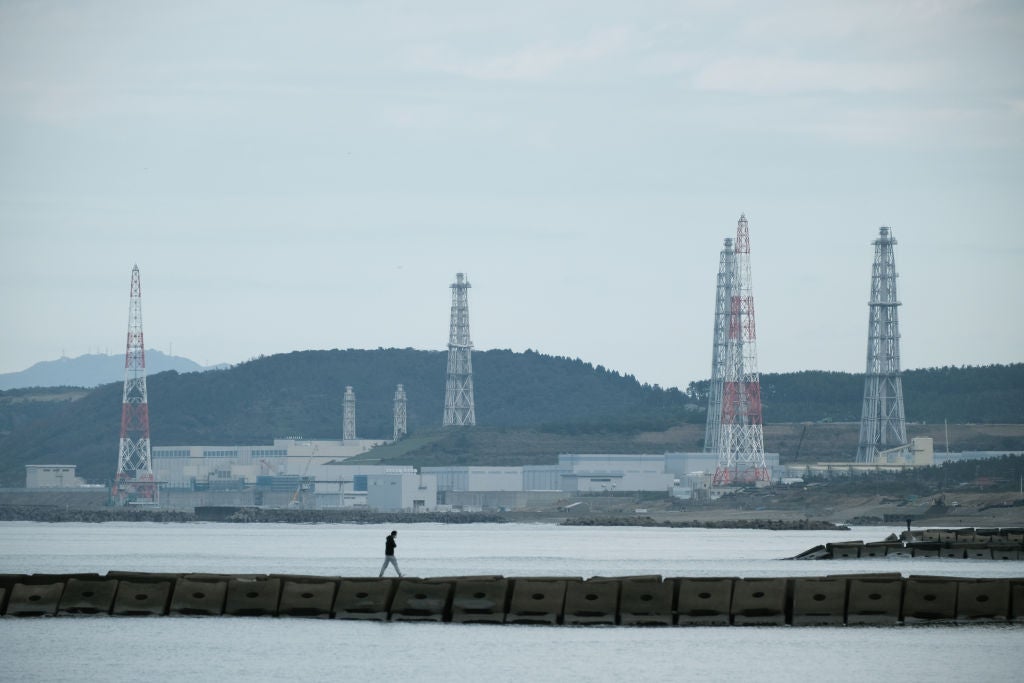
Tepco to start loading nuclear fuel at Kashiwazaki-Kariwa unit
Tepco plans to begin loading fuel into unit 7 of the Kashiwazaki-Kariwa nuclear power plant in the Niigata Prefecture following approval by Japan’s Nuclear Regulation Authority, although it is not yet clear when the reactor will be restarted.

Bitech signs agreement for business combination with Emergen Energy
Bitech will gain full ownership of Emergen, while Bridgelink will hold 31.3% of Bitech's common stock.
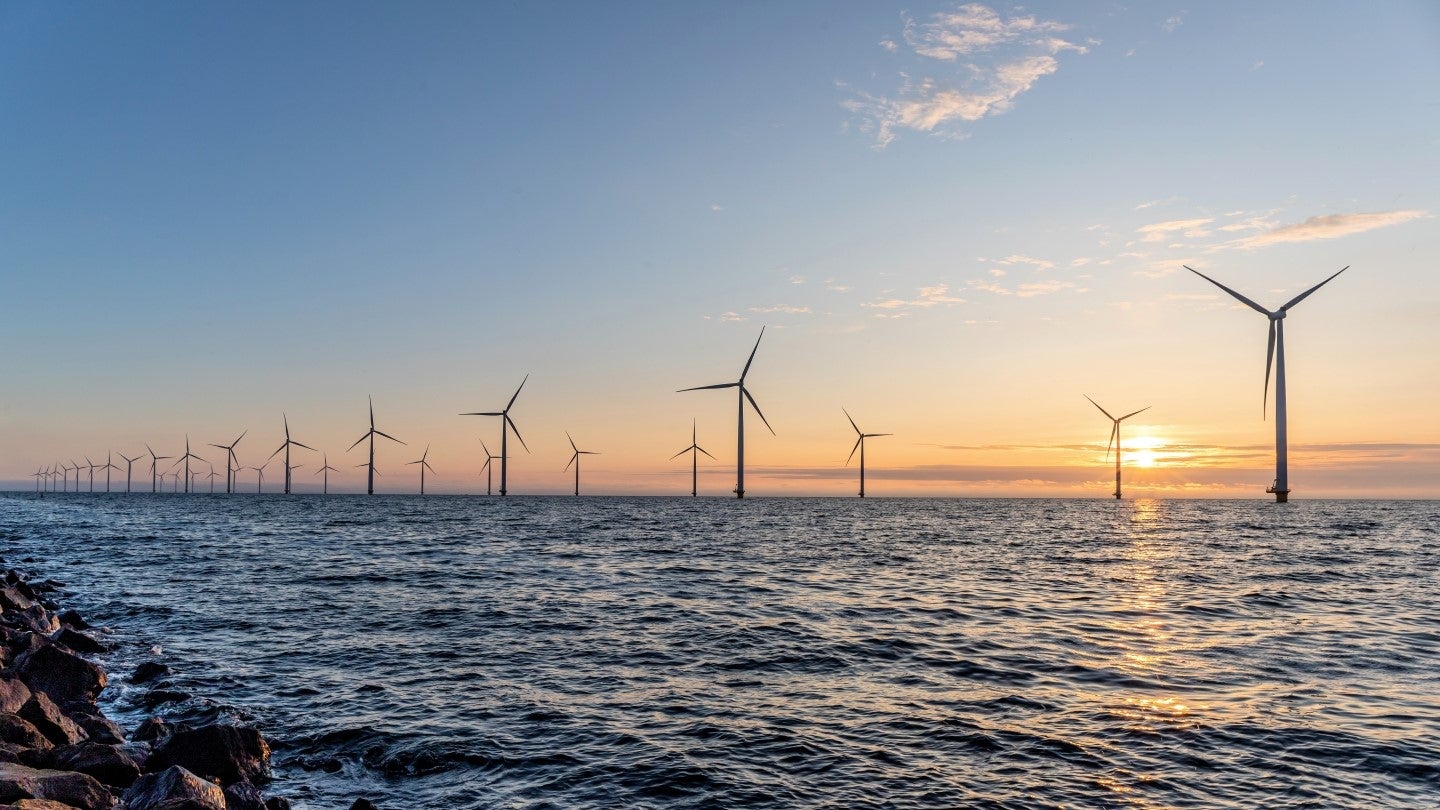
Ireland's Codling Wind Park appoints COWI for foundation design
Codling Wind Park, a 1.3GW offshore wind project in Ireland, has appointed Denmark-based engineering consultancy COWI for its foundation design.
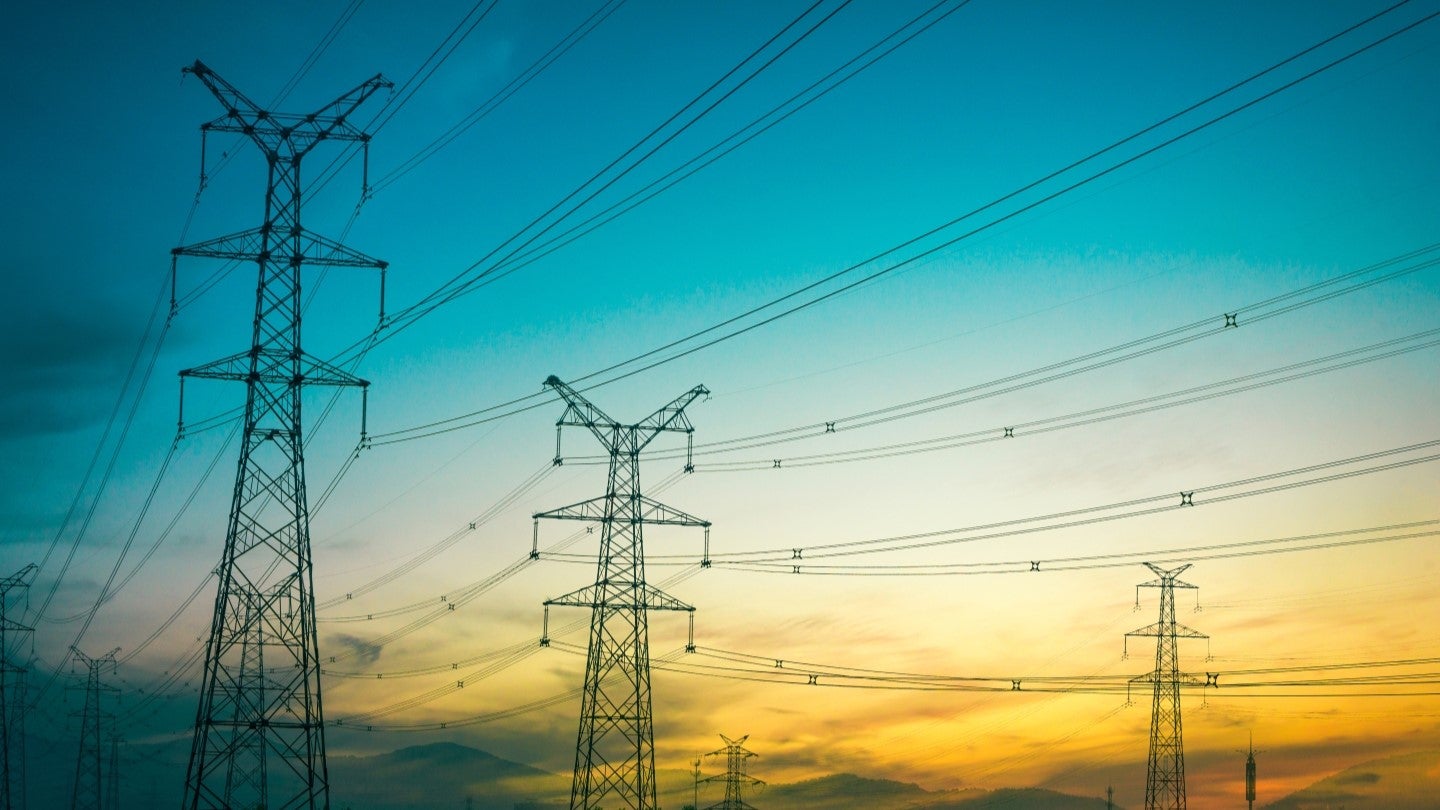
Engie, Iberdrola and investment firms eye acquisition of ENWL
French utility Engie and its Spanish counterpart Iberdrola, along with other investment entities, are gearing up to place bids for the UK-based power network Electricity North West (ENWL), Reuters has reported.
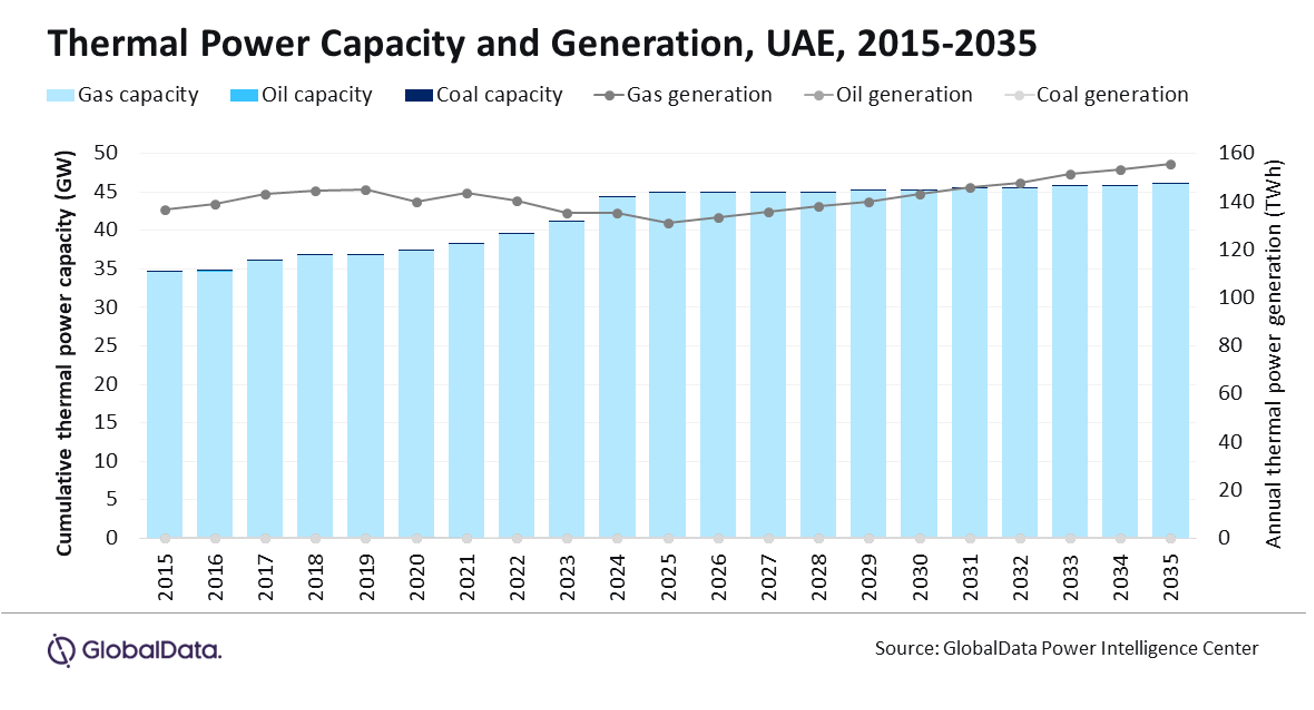
Thermal power will continue to dominate UAE's power mix in next decade
The UAE is planning to add nuclear, renewable, and coal-fired electricity generating capacity to accommodate rising demand.
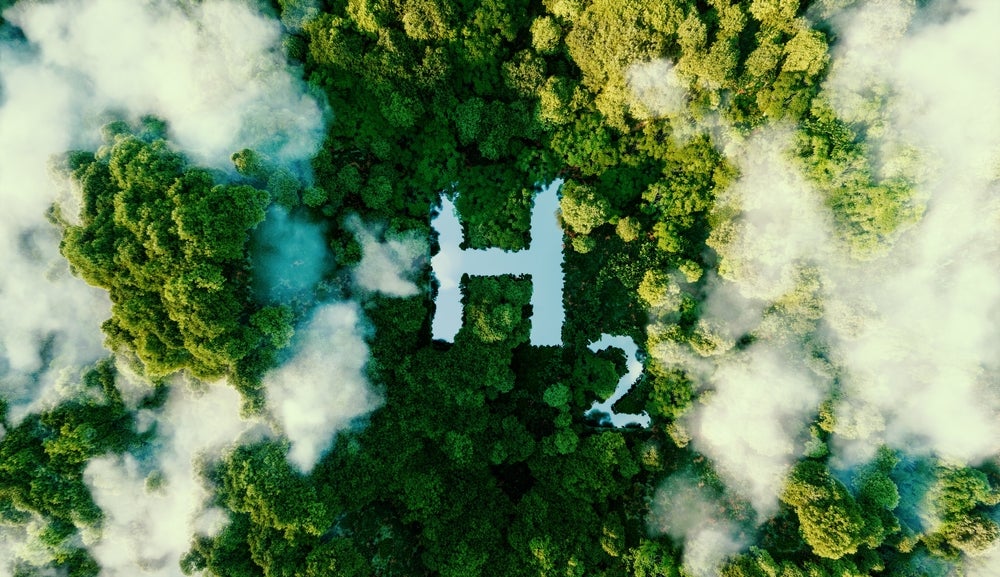
Hurdles to hydrogen: the pragmatic and public cases against the fuel
Hydrogen is increasingly becoming a pillar of national decarbonisation plans but still faces pragmatic hurdles to its implementation as a genuinely clean fuel. Can it move past these obstacles to make a real difference? Annabel Cossins-Smith investigates.
In our previous edition

Power Decoded
Hurdles to hydrogen: the pragmatic and public cases against the fuel
15 Apr 2024

Power Decoded
Is a nuclear power revival a good idea?
12 Apr 2024

Power Decoded
England could produce 13-times more renewable energy - study
11 Apr 2024
Newsletters in other sectors
Aerospace, Defence & Security
Banking & Payments
Travel and Tourism
Search companies, themes, reports, as well as actionable data & insights spanning 22 global industries
Access more premium companies when you subscribe to Explorer


